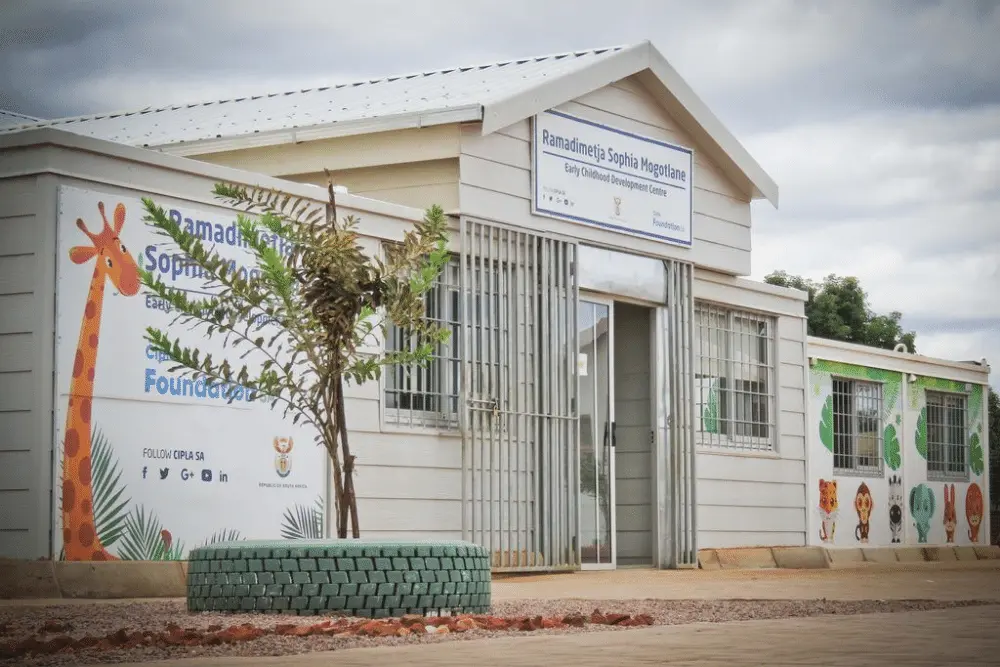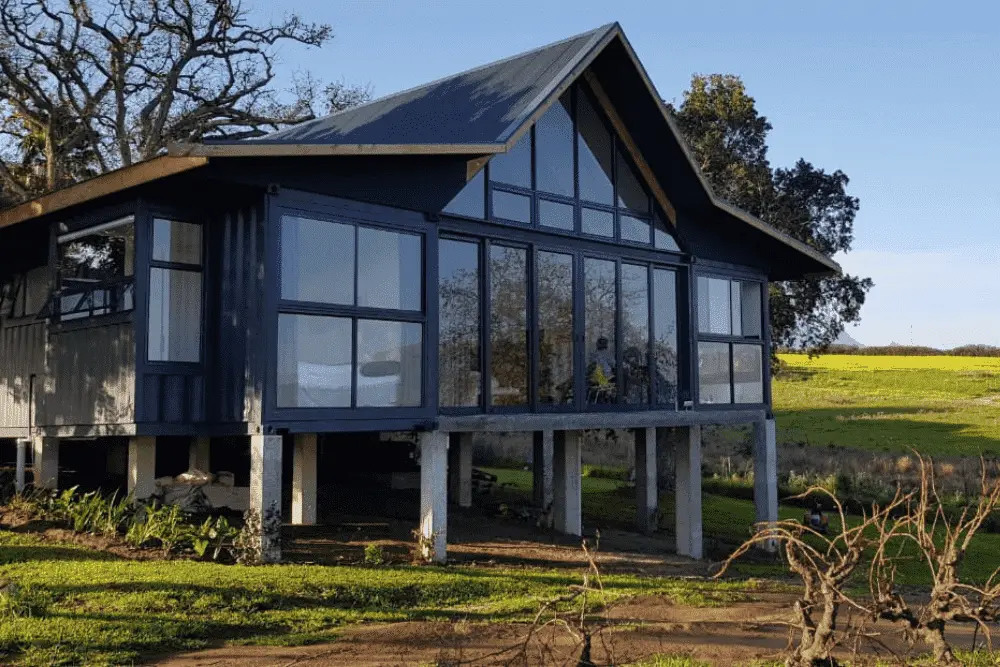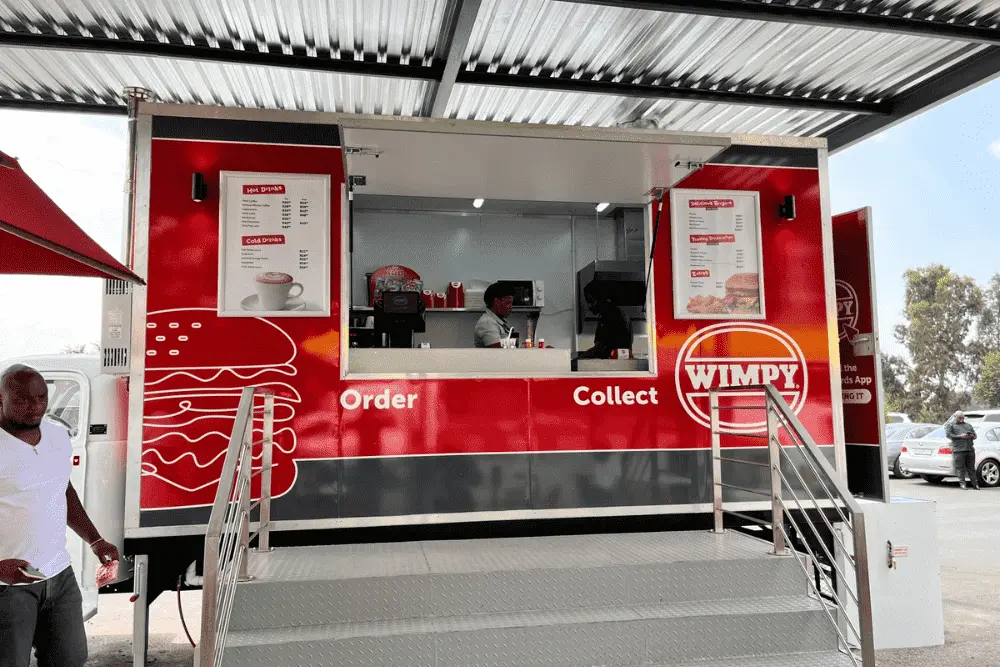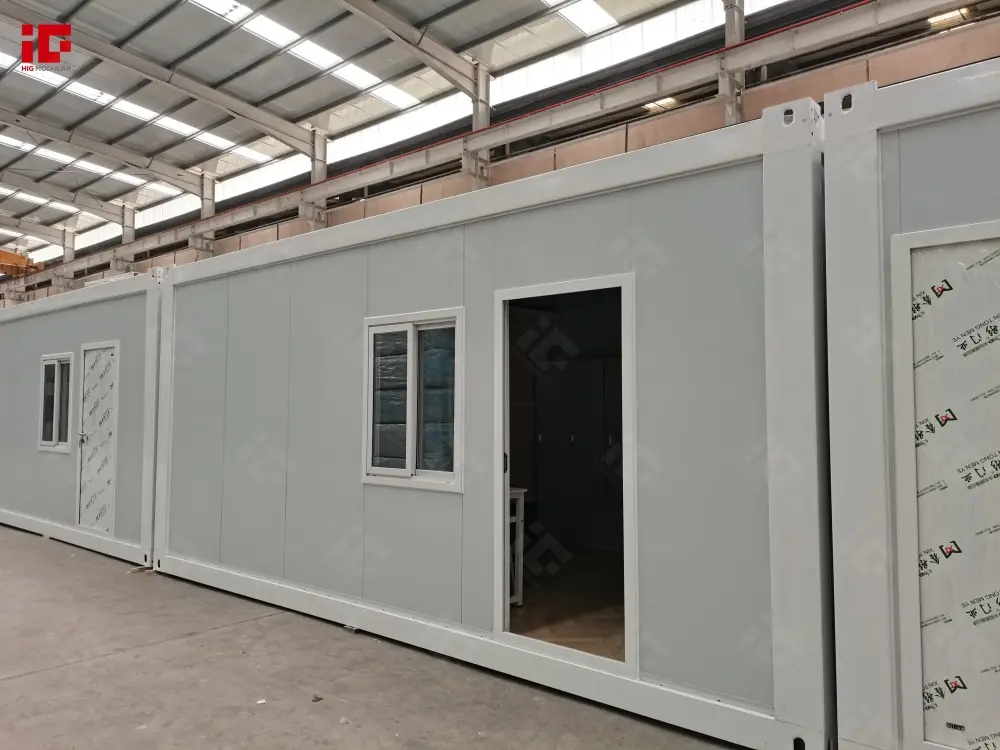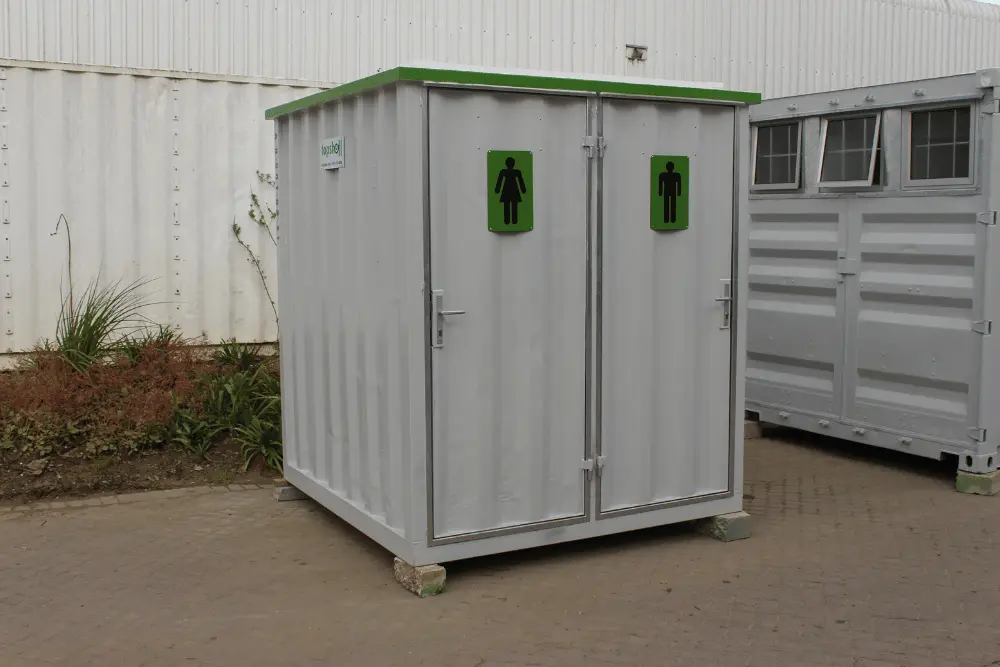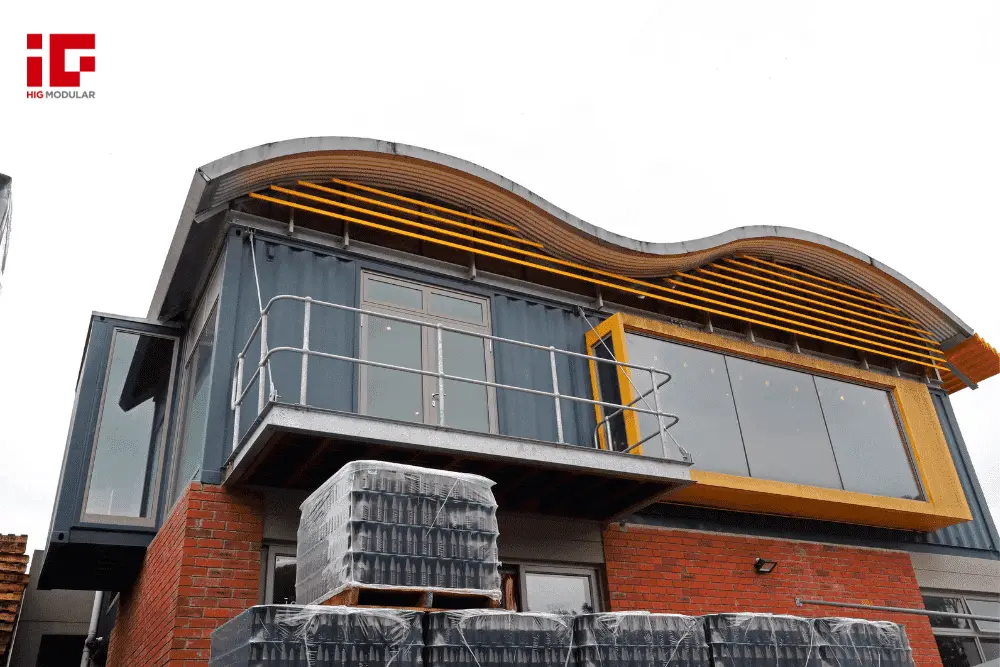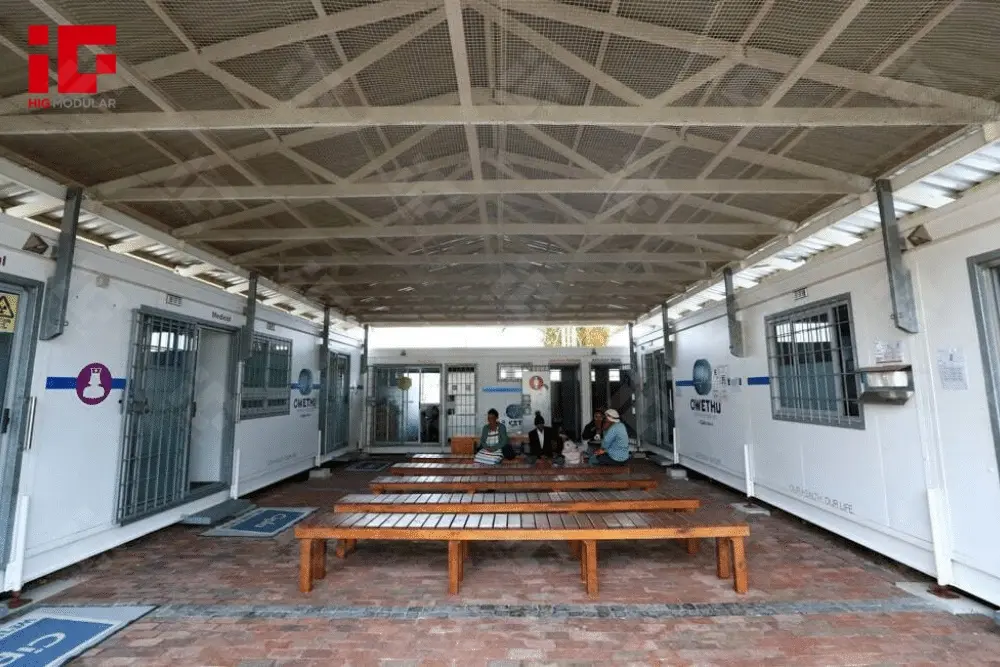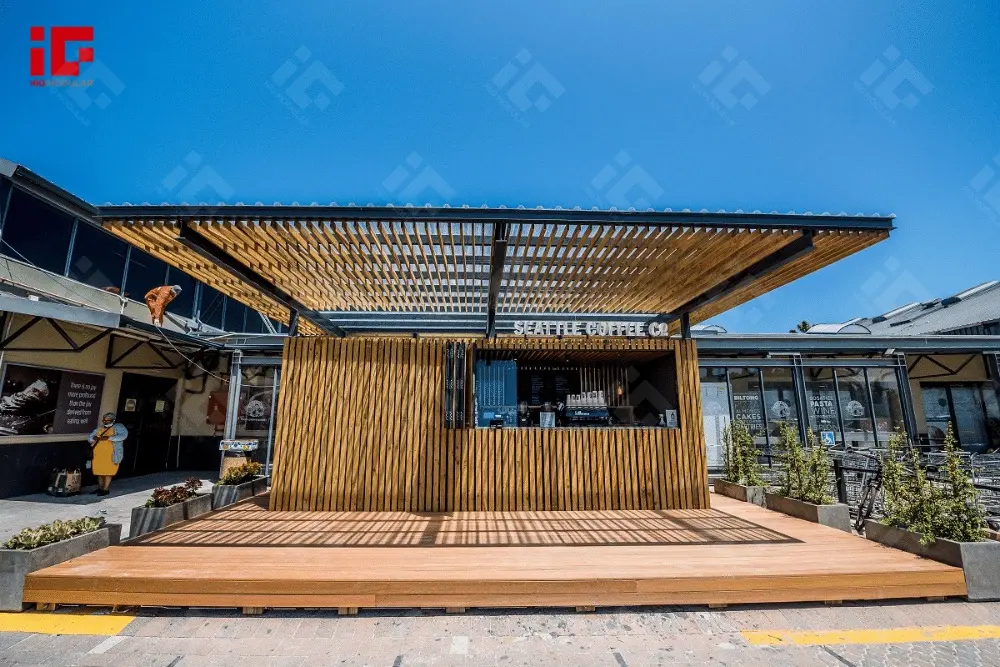News Categories
Featured News
0102030405
Apple Cabin House: The Ultimate Fusion of Technology, Comfort, and Global Appeal
2025-06-03
The Apple Cabin House has emerged as a global phenomenon, captivating homeowners, investors, and sustainability advocates alike. Designed to deliver unmatched comfort and versatility, this modular marvel combines aerospace-grade materials, intelligent systems, and luxurious finishes to create living spaces that defy traditional constraints. This article delves into its technical prowess, market dominance, and the lifestyle revolution it promises.
Engineering Marvel: Strength Meets Elegance
The Apple Cabin House’s galvanized steel structure forms the backbone of its resilience, engineered to withstand wind speeds of 110 mph and magnitude 7.0 earthquakes . Its carbon fiber-reinforced walls, paired with seamless molding technology, ensure watertight integrity and 35dB soundproofing, creating a serene interior environment . The cabin’s aerodynamic design, inspired by Apple’s iconic products, not only enhances aesthetics but also improves wind resistance, making it suitable for coastal or mountainous regions .
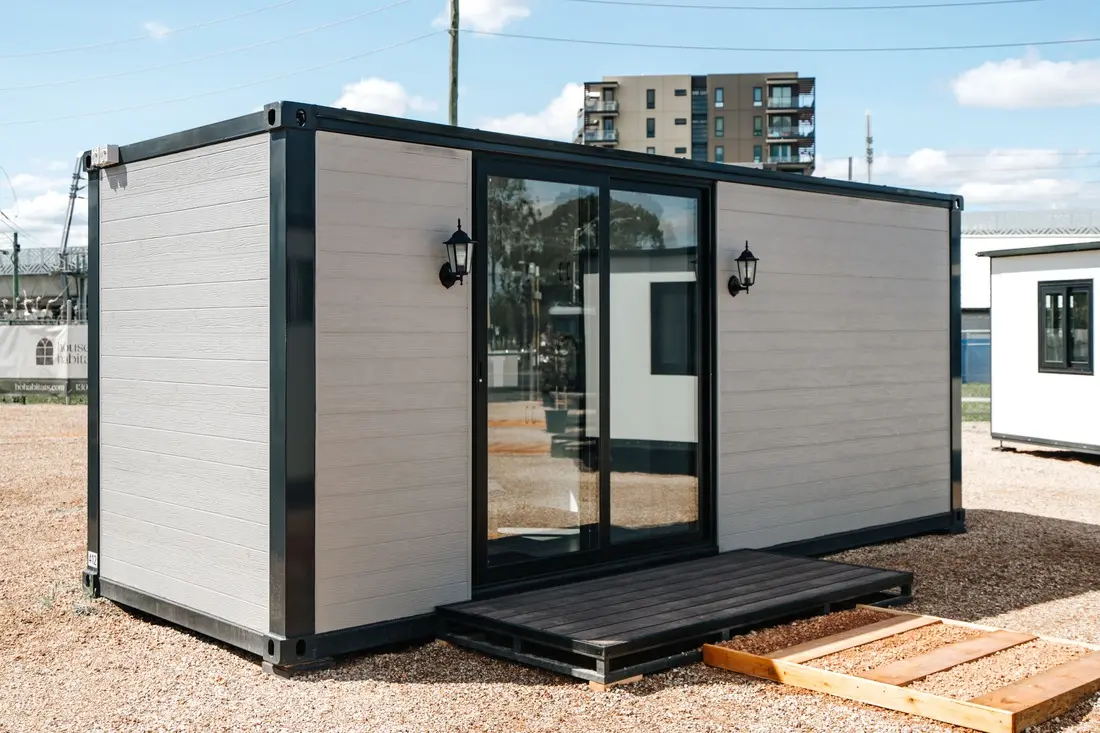
Manufacturers like Cymdin and Ante House emphasize precision in production, with components fabricated in factories to exacting standards. This results in a 70-year lifespan for the cabin, far exceeding traditional Mobile Homes, and a 10-year warranty on structural materials .
Sustainable Luxury: A Greener Approach to Living
Energy efficiency is at the heart of the Apple Cabin House. Its double-layer Low-E glass reduces UV penetration by 99% while maintaining natural light, minimizing reliance on artificial lighting . The flame-retardant insulation systems (R-values 28–32) and thermally broken aluminum frames reduce heating and cooling costs by 40% compared to conventional homes, aligning with global sustainability goals .
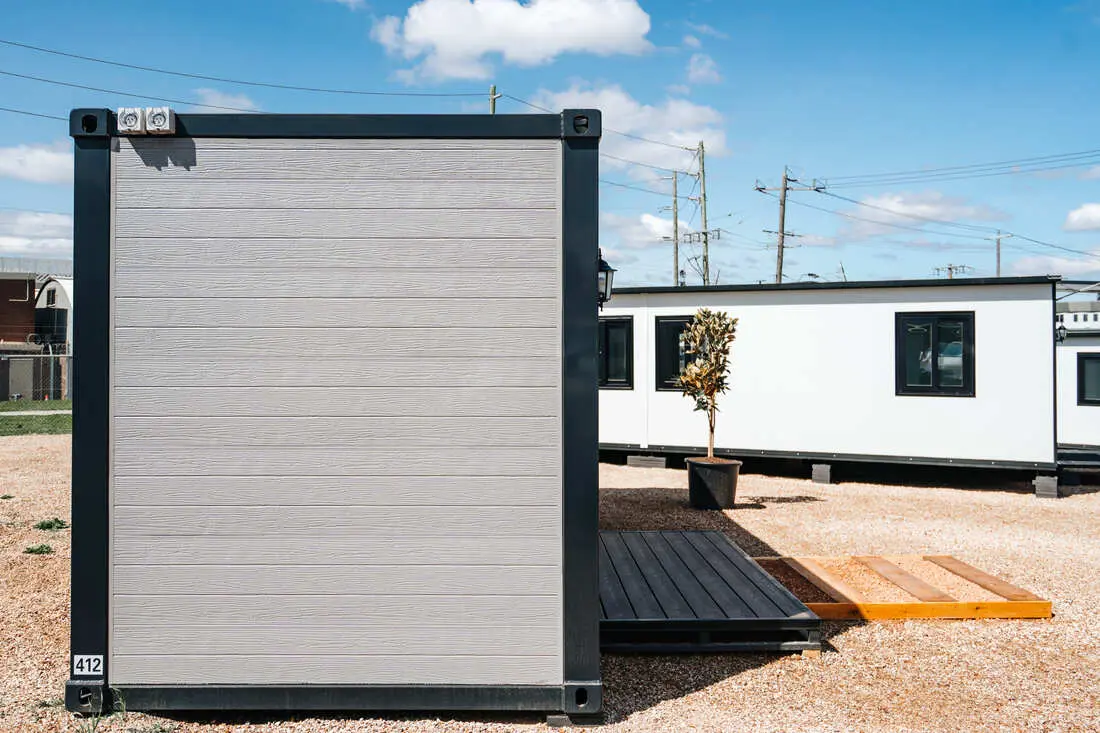
Eco-friendly materials further distinguish the cabin:
- Aluminum alloy cladding with a high-UV protective coating resists fading and corrosion for 25+ years, reducing replacement waste .
- Recycled SPC flooring and carbon crystal board interiors are non-toxic and durable, promoting indoor air quality .
- Optional solar panel integration allows off-grid operation, with some models achieving zero net energy consumption .
Smart Living: Technology at Your Fingertips
The Apple Cabin House integrates IoT-enabled systems to enhance convenience and efficiency. A centralized SMARTSPACE control panel allows users to switch between office, residential, and energy-saving modes with a single touch . Features include:
- Voice-activated lighting and climate control via platforms like Xiaomi’s Mi Home.
- Motion sensors and keyless entry for enhanced security.
- Pre-installed Ethernet and Wi-Fi 6 for seamless remote work and entertainment .
These innovations not only elevate daily life but also contribute to 15% additional energy savings through predictive algorithms that learn occupancy patterns .
Market Dominance: Meeting Diverse Needs
The Apple Cabin House has disrupted multiple sectors with its versatility:
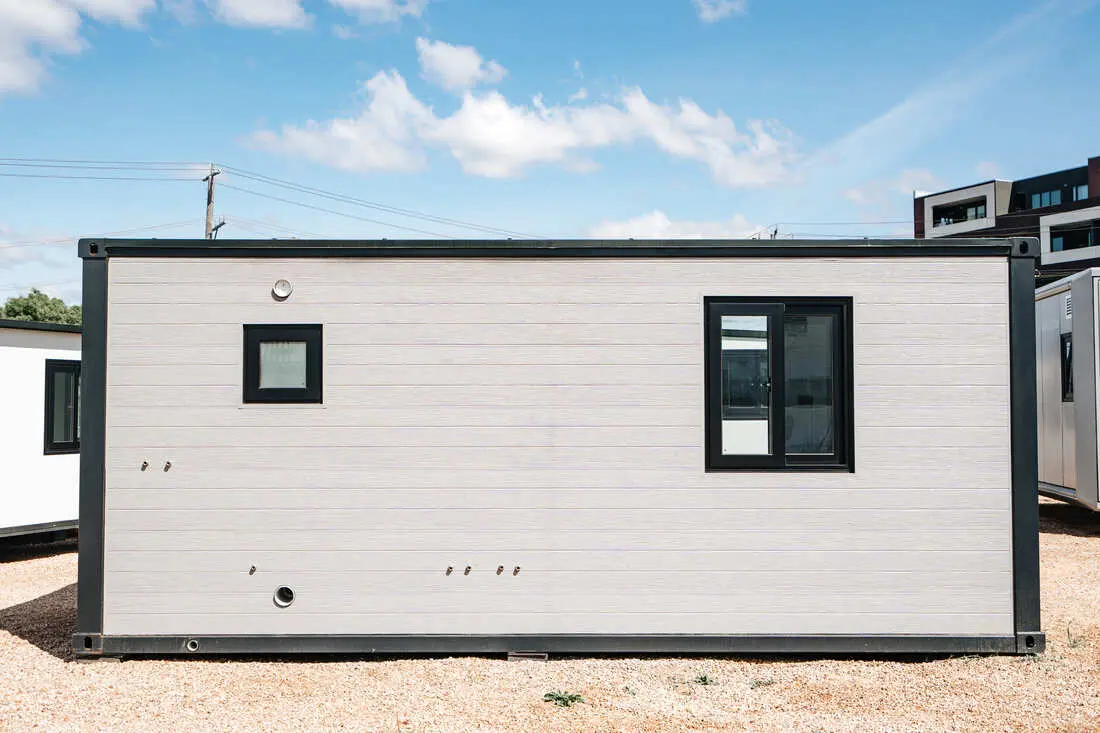
- Hospitality: Glamping resorts like Little Log Cabin in Wales report high occupancy rates, with guests praising the cabin’s "spacious yet cosy" interiors and proximity to nature .
- Commercial: Mobile units serve as AI live studios, pop-up shops, and emergency medical stations, capitalizing on their 72-hour deployment capability .
- Residential: Homeowners in Arizona’s Christopher Creek appreciate the cabin’s on-creek location, wildlife views, and fully stocked kitchens, with one reviewer calling it "the best place we’ve rented in the area" .
Manufacturers like Volferda offer customizable layouts for hotels and resorts, including multi-story units with balconies and ADA-compliant ramps, catering to diverse clientele .
Economic Viability: Cost-Effective and Low Maintenance
The Apple Cabin House offers significant cost advantages over traditional construction:
- Initial costs are 1/3 of conventional builds, with a 20ft unit starting at $6,000–$8,000 .
- Lease options reduce financial barriers, making it ideal for short-term projects or seasonal businesses .
- Annual maintenance costs average $200–$300, far lower than stick-built homes ($1,500–$2,000 annually) .
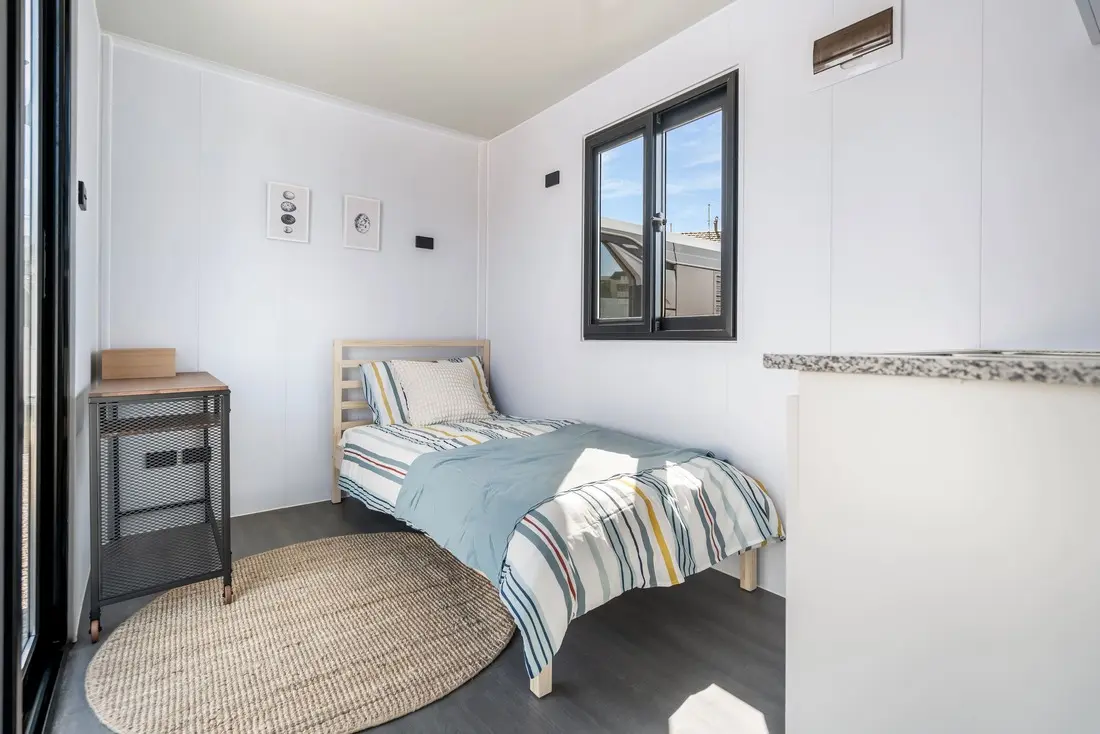
Its modular design also ensures easy scalability, with units expandable from 3m×3m to 12m×9m, accommodating growing needs without major renovations .
Future Innovations: Staying Ahead of the Curve
As the global prefab housing market grows at 8.3% CAGR, the Apple Cabin House continues to innovate . Manufacturers are exploring 3D-printed components and AI-driven design tools to further reduce production time and costs . For instance, Dachenghousing is developing cabins with self-cleaning exterior coatings and adaptive solar panels that adjust angles for optimal energy capture .
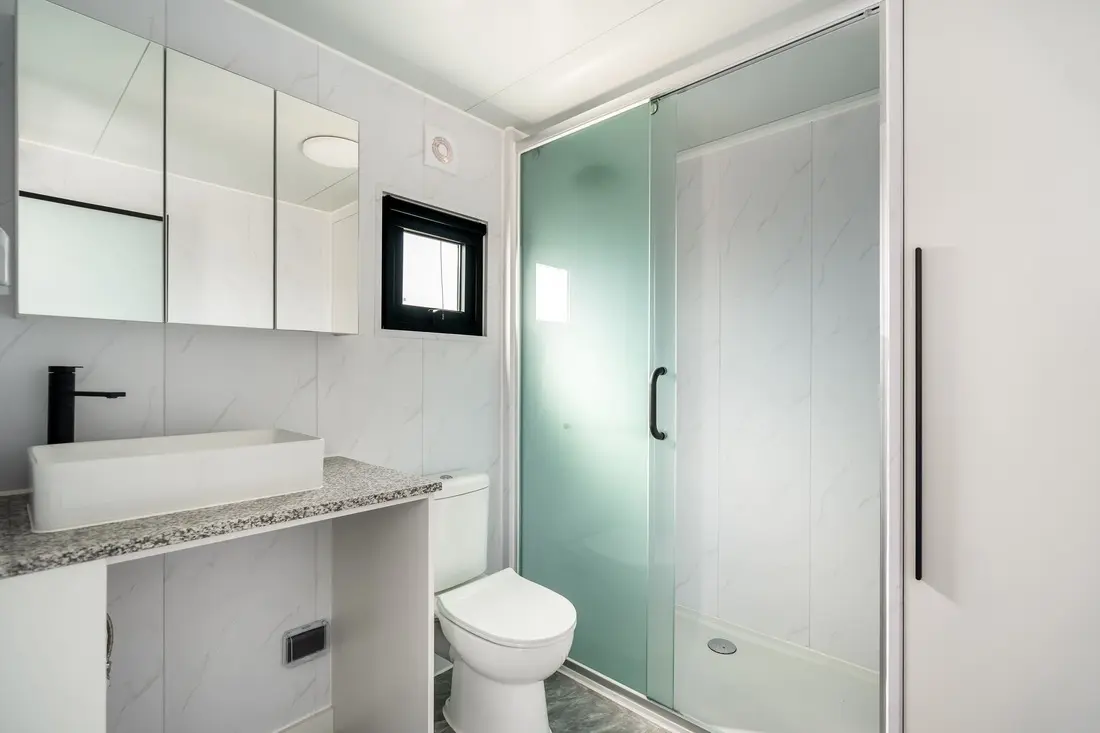
In 2025, the cabin is set to integrate augmented reality (AR) interfaces, allowing users to visualize layout changes or control systems through hand gestures . These advancements reinforce its position as a leader in smart, sustainable living.
Conclusion: The Future of Housing is Here
The Apple Cabin House represents a paradigm shift in how we conceptualize and inhabit space. By merging advanced engineering, sustainable materials, and cutting-edge technology, it offers a lifestyle that is both luxurious and environmentally responsible. Whether used as a remote work sanctuary, a high-end vacation rental, or a permanent family home, it proves that innovation and practicality can coexist. As the world seeks solutions to housing shortages and climate challenges, the Apple Cabin House stands as a testament to what is possible—one modular unit at a time.


